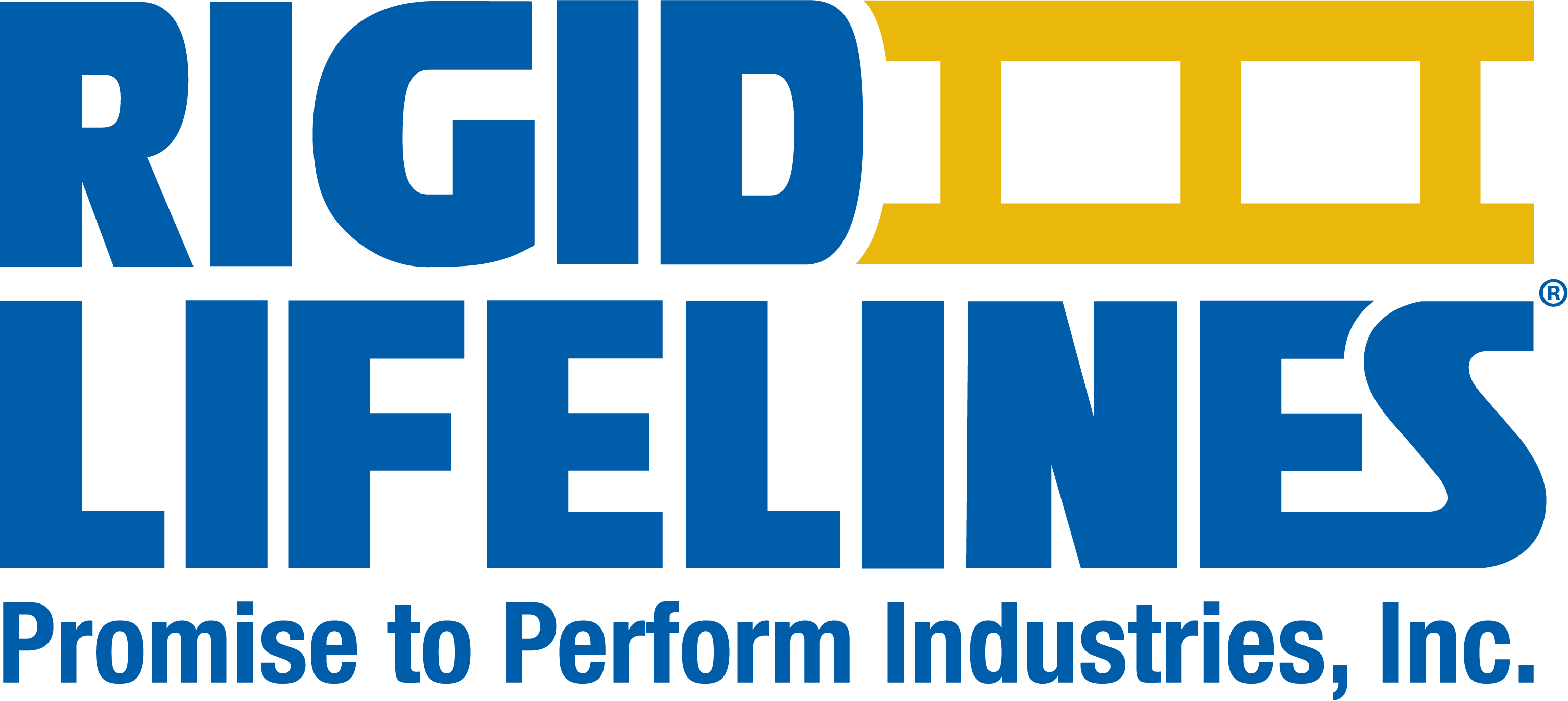Posts by developer
Certified vs. Non-Certified Anchors (When Anchorages Do NOT Need to Support 5,000 Pounds)
There are lots of exciting definitions in the world of fall protection, and it can be confusing to try and keep track of all of them (thankfully, this is why ANSI Z359.0 is in existence), but it’s important to know the different terms that are used for fall protection, especially when those terms have to…
Read MoreHarness Fitting Part 2: Conditions
In part one of this blog series, we discussed the fact that there are five different factors that can influence the way a fall protection harness fits a worker’s body. Those factors include: the number of adjustment points on a harness, the type of adjustment points on a harness, the work environment, the tools required…
Read MoreHarness Fitting Part 1: Number & Type of Adjusters
When you’re shopping for something like oven mitts or beach towels, it’s generally safe to believe the tag that reads: “One Size Fits All.” But, when safety managers and other fall protection personnel are researching a full body harness for their employees, it’s critical to remember that “universal” sized harnesses are not always the best…
Read MoreHow Harness Materials are Made
Prior to the 1960s, cotton was the fabric of choice for all industrial products that needed textiles. Although the fabric was cheap and plentiful, it did not hold up well in harsh environments. By the early 1960s, synthetic blends became available for American manufacturers. Once people experienced the rugged durability of synthetic fabrics, it was…
Read MoreHarness Materials and Degradation
Full body harnesses have a very significant role in a fall protection system. Although every major part of a fall protection system is important, the full body harness is the part that is closest to the worker and literally connects the worker to the rest of the fall protection system. The harness is a very…
Read MoreFlexible Lifelines vs. Rigid Lifelines
Horizontal lifeline fall protection is an important system to have in any facility or situation where people must work at height. But deciding which type of fall protection system is best for your particular application can be a difficult choice. For this reason, it’s important to understand the advantages and disadvantages of both flexible lifeline…
Read MoreFall Protection Section Breakdown
During the early stages of fall protection education, I was under the impression that the track was the anchorage point. However, I was very wrong. After doing research and gaining more exposure to the world (and terminology) of fall protection, I have learned that there is a difference between the anchorage, the anchorage sub system,…
Read MoreThe History of Maximum Arresting Force
The earliest recorded fall protection tests occurred in Sweden and the United Kingdom around the time of WWII (mid to late 1940s). These tests were performed for aviation purposes in order to determine the different ways that the human body was affected by negative acceleration (or deceleration) forces. Scientists wanted to identify the level of…
Read MorePart Two: Protecting the Confined
After reading last week’s blog, you’re probably in suspense about how to protect employees who are exposed to confined workspaces. OSHA states that if you have a ladder for accessing the confined space, you need a mechanical means of worker extraction with a gear that has a 5 to 1 gear ratio. Whenever you have…
Read MoreFall Protection: Confined Spaces Defined
Confined spaces can pose a variety of hazards for people working in General Industry and the Construction Industry. For the purposes of this blog, we will be examining the different elements of confined spaces and how to offer protection for workers in those areas. Under OSHA 1926.501(b) criteria for construction industries states that any construction…
Read MoreHow Do I Test My Rigid Track Fall Arrest Equipment?
Load testing has its place in an industrial facility. Load tests are important and necessary in the realms of material handling cranes. However, when it comes to fall protection, you don’t actually need to perform a drop test on the system (OSHA and ANSI Z359 have said so). As long as the system has been…
Read MoreHow to Reduce Swing Falls
Conducting an elevated worksite hazard assessment allows you to rule out passive fall protection options for your workers. Once you have determined that you need to use an active fall protection system, it’s important to consider the following things in order to avoid swing falls. Your active fall protection system must be able to reach…
Read More